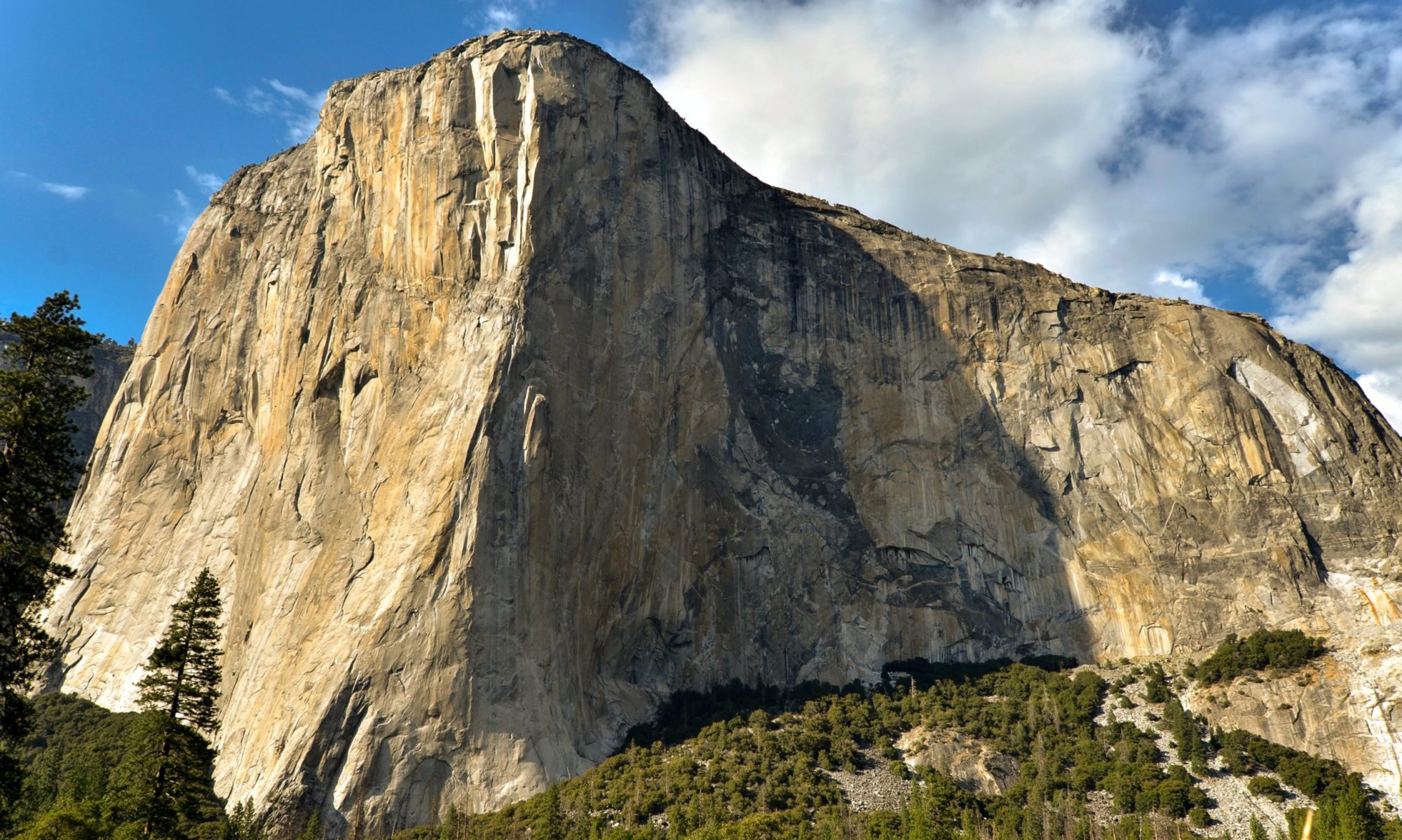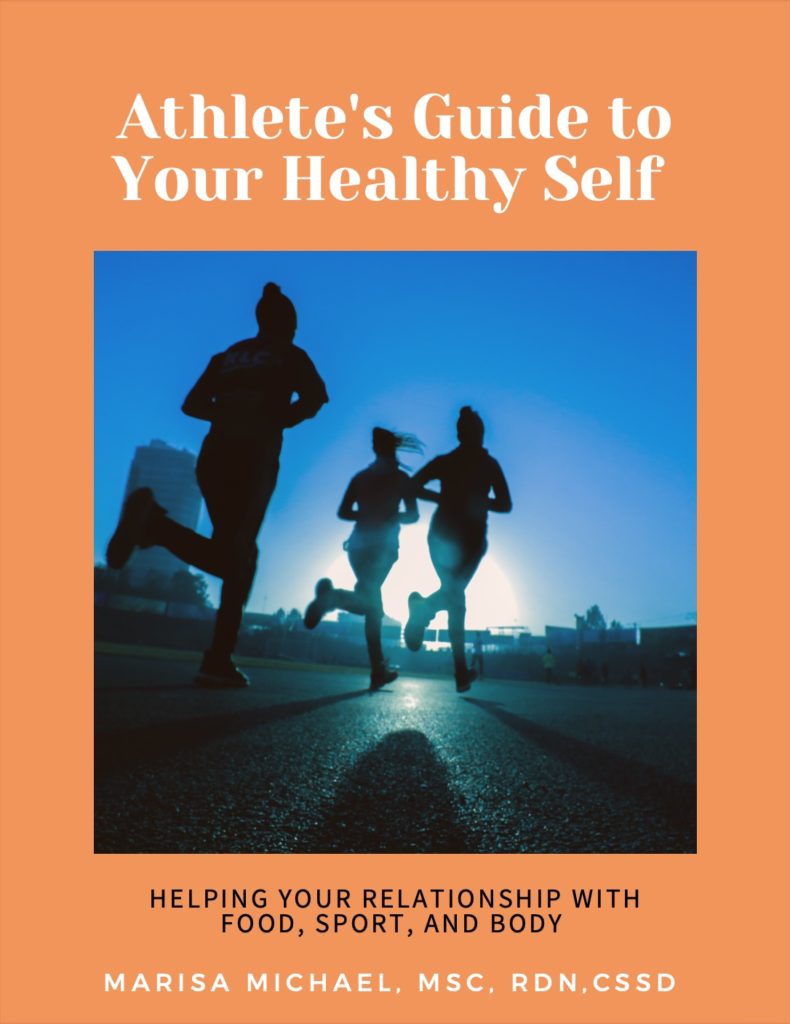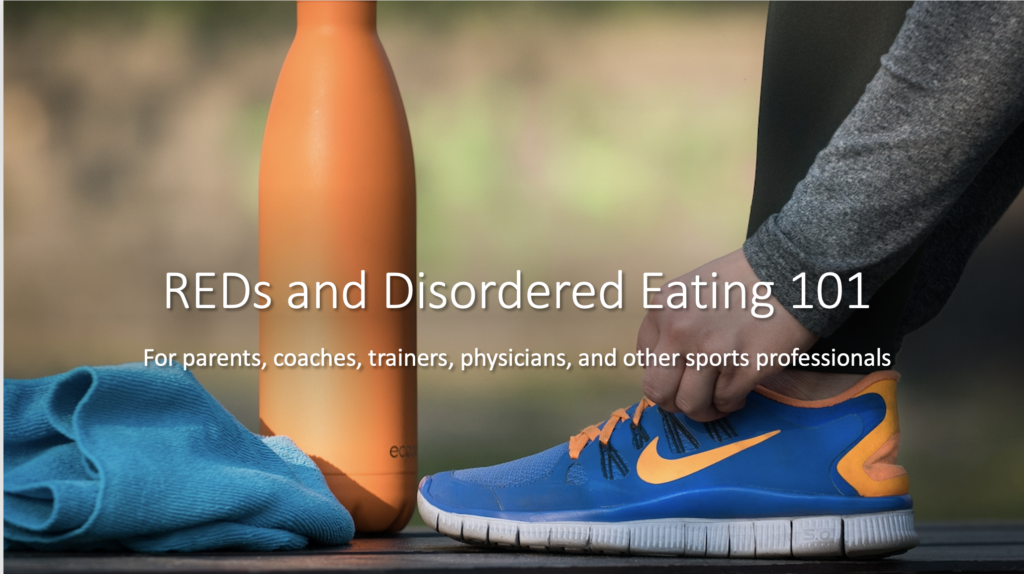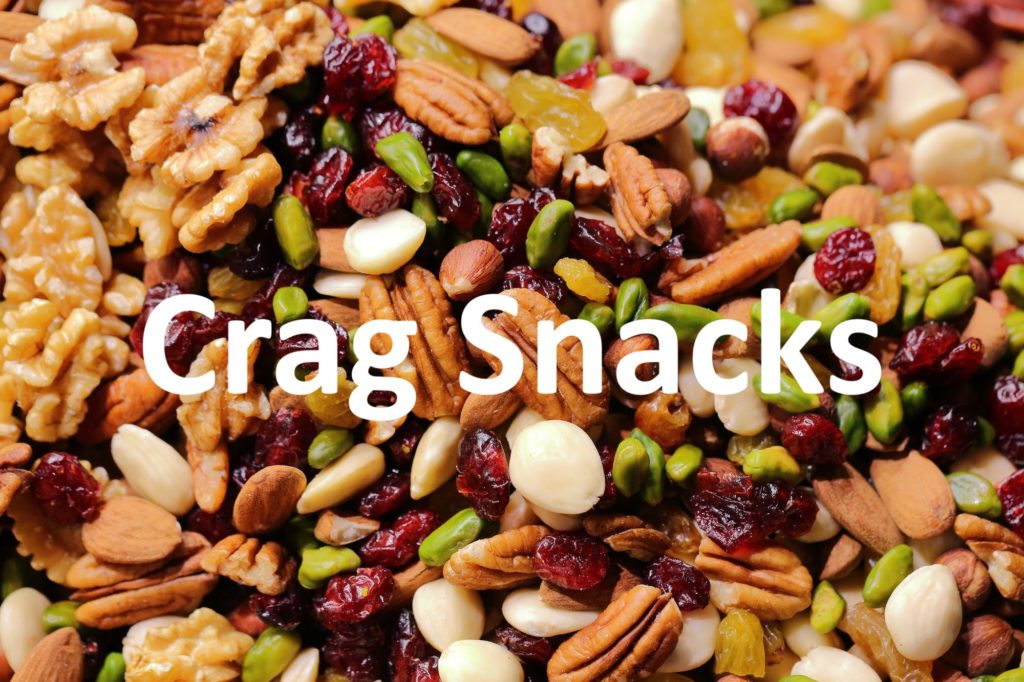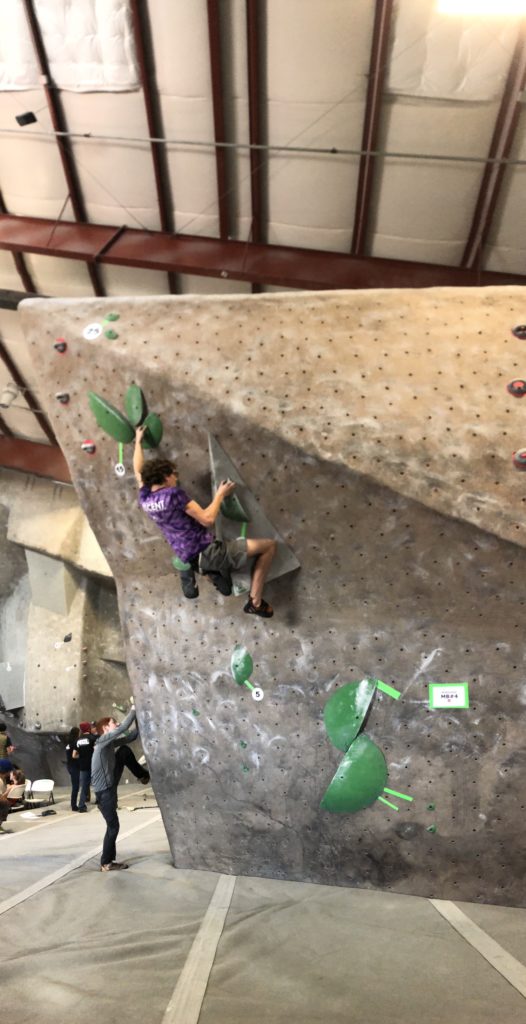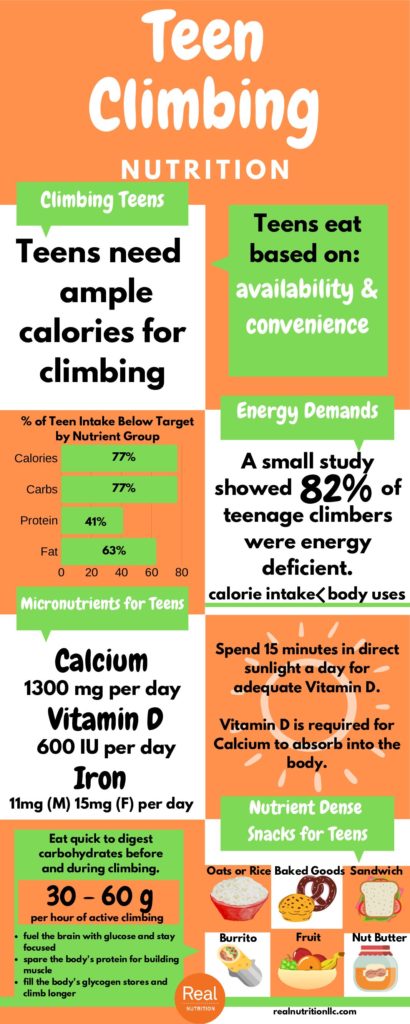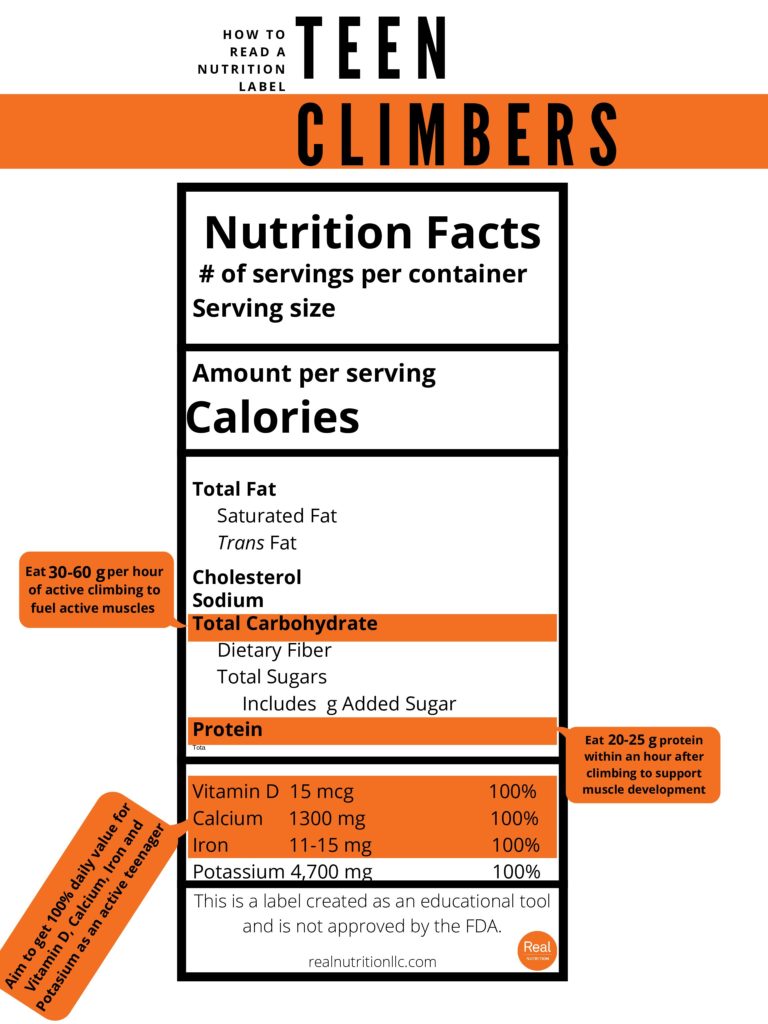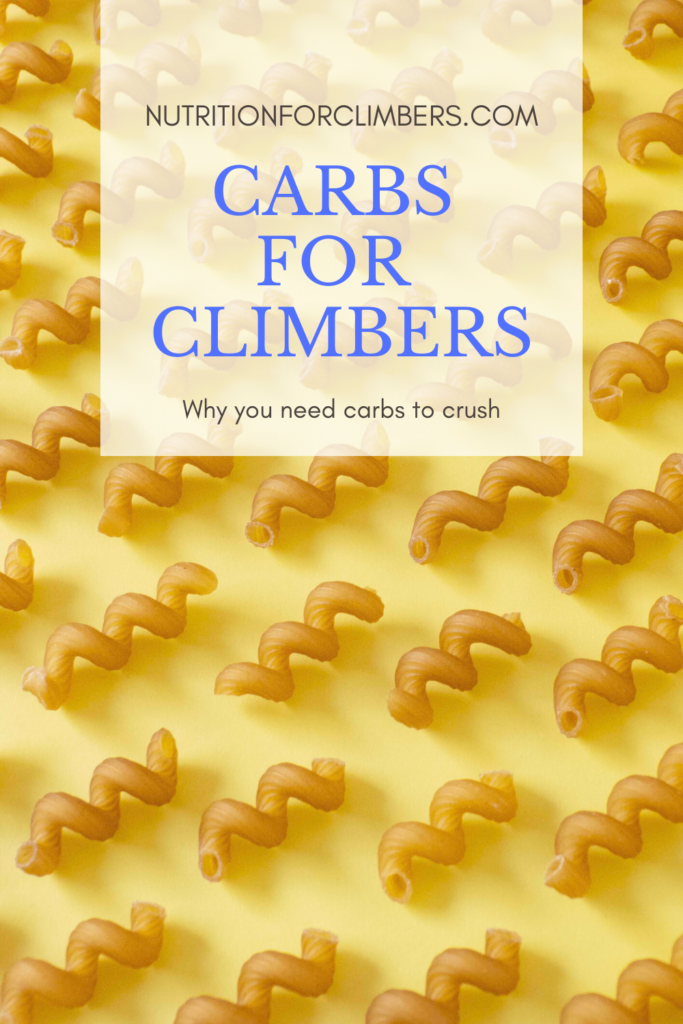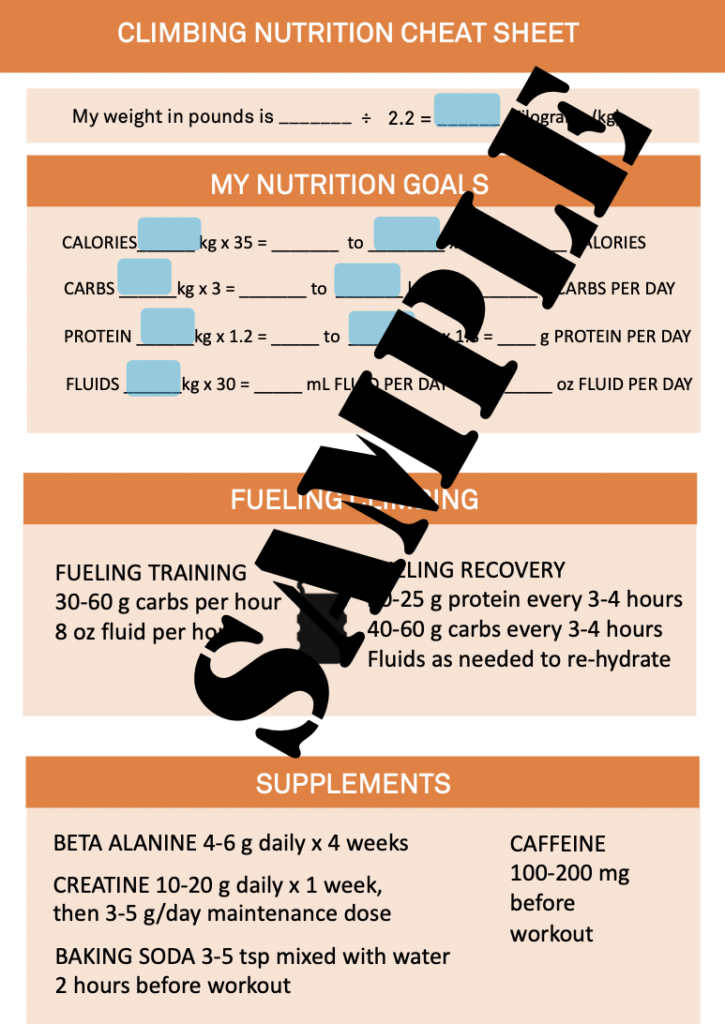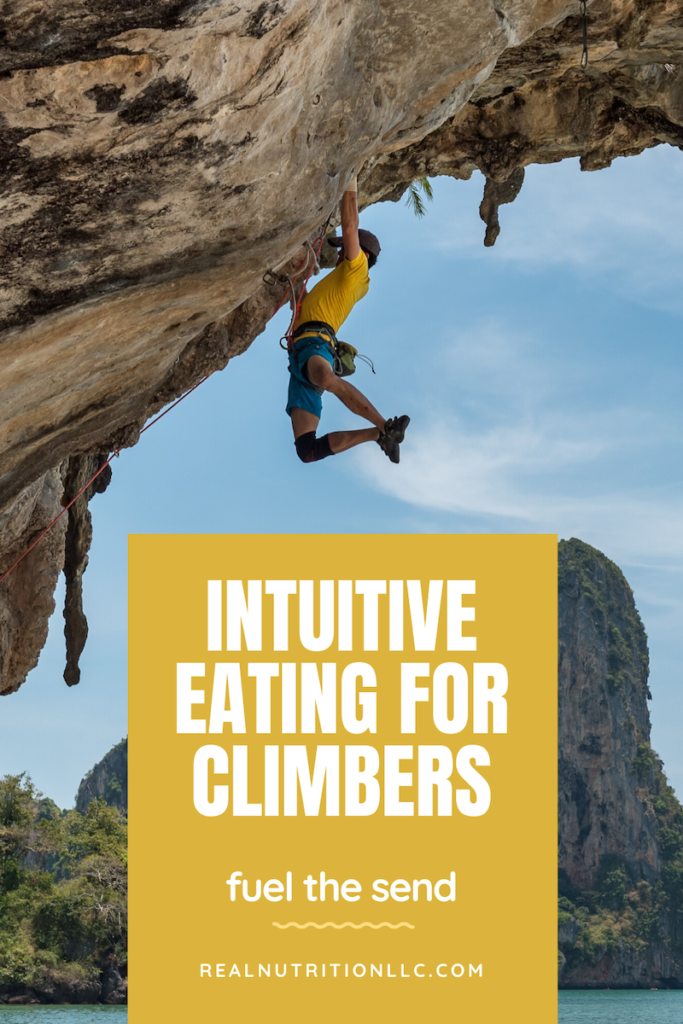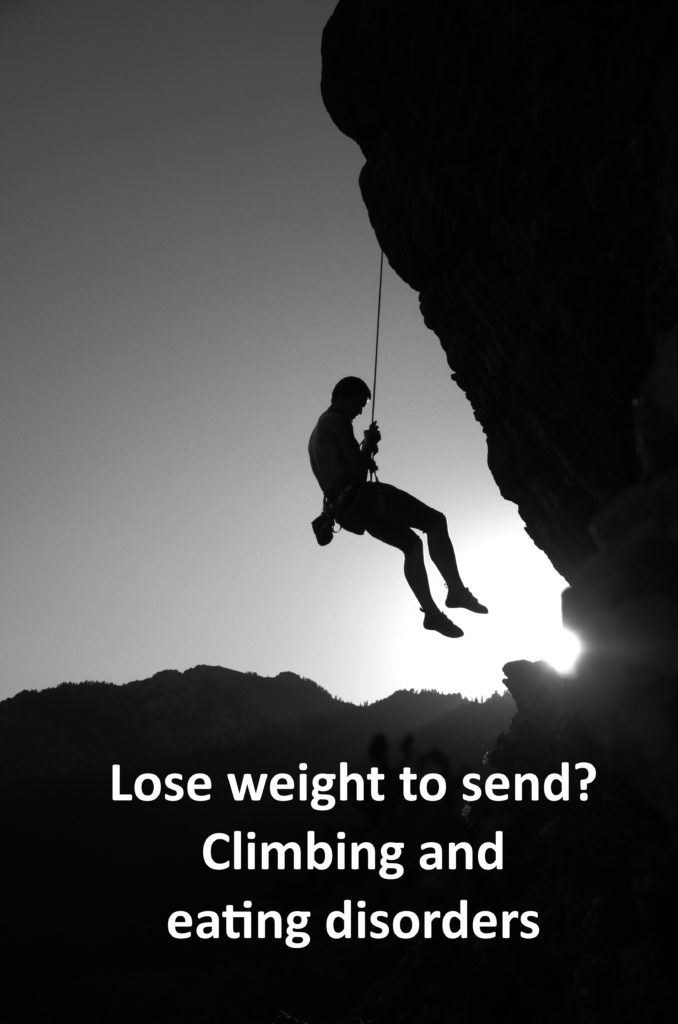
What is virtually weightless, easy to pack, even easier to customize and great for your digestion?
The best backpacking meal on the planet (in my opinion): oatmeal.
Nutrition benefits of oatmeal
Oatmeal is a great source of fiber. The fiber in oats slows down the absorption of nutrients in our stomach to the rest of our body. Fiber can help us feel fuller for longer, which is great when we are pushing our body for extended periods of time. Although fiber itself contributes very little energy to the body, the carbohydrates in oatmeal pack an energy punch. Throwing protein rich toppings into oatmeal only adds to its value as a backpacking staple.
How much fiber and and calories are in oatmeal?
The recommended intake for fiber is 14 g for every 1,000 calories eaten. As an active climber, you may need more calories than the average human. Your calorie intake will be dependent on your level of activity. At minimum, females aim for 25 g per day of fiber and males 38 g per day.
One cup of oatmeal, the equivalent of a serving, typically offers 300 calories and 8 grams of fiber.
Oatmeal ideas for foodies
Get wild with flavor combinations. Oatmeal doesn’t have to be sweet. Oatmeal isn’t just for breakfast. Spice it up. Add herbs. Make it savory and enjoy it just as much!
Pick an ingredient from at least three flavor categories for the ultimate bowl of oatmeal:
- Sweet: Bananas, Nutella, caramel, dark chocolate, strawberries
- Salty: Salted nuts, peanut butter, salted butter, salt, tahini, soy sauce, seaweed
- Crunchy: Nuts, seeds, dehydrated vegetables, vegetable chips, cocoa nibs, apples
- Tangy/Tart: Yogurt, kefir, kiwi, blueberry, grapefruit, green apples
- Smooth: Peanut butter, butter, yogurt, Nutella, caramel, avocado
Try this savory combo: Avocado, dehydrated vegetables and soy sauce
Try this sweet combo: Nutella, peanut butter and cocoa nibs
Oatmeal for backpackers
Backpackers don’t have the luxury of bringing up fresh produce. An hour into the hike and banana ooze fills every crevice of your pack that isn’t already smeared with melted chocolate. So what’s a backpacker to do? Use dehydrated or freeze-dried goods to bring your bowl to life.
Helpful hack: Prep in advance by mixing uncooked oats with a selection of toppings. Place the mixtures inside plastic baggies as individual portions. (Use cloth zipper baggies to do your part in minimizing plastic consumption.) You can prepare different mixes for different days allowing you to vary your nutrient intake for a well-rounded diet.
Don’t underestimate the flavor spices can add to your oats. Spices come with the added bonus of being virtually weightless.
Choose at least three from the following lightweight and nonperishable options to pre-package into individual portions with oats. That way when you are starving and exhausted you can simply toss the contents of the bag into boiling water, moments later…mmm.
- Dehydrated or freeze-dried strawberries, blueberries, bananas, pineapples or mango
- Seaweed
- Dates
- Beef jerky
- Dried mushrooms
- Vegetable chips (The crispy, crunchy mix of carrots, green beans and beets in the bulk section)
- Chopped nuts (Chop them so they take up less room and don’t puncture the bag.)
- Nut butters
- Seeds
- Spices like turmeric, cinnamon, turmeric or cardamom
Try this savory combo: Seaweed, dried mushrooms and beef jerky (with a sprinkle of chili pepper flakes)
Try this sweet combo: Bananas, dates and chopped nuts (with a dash of cinnamon)
Oatmeal for macronutrient splits
If you aim for balance, you might benefit from this style of oatmeal preparation. Pick one from each category for a well rounded dish full of all three macronutrients. Use the three ingredients as a base and then add complexity of flavor with various spices.
- Protein: Beef jerky, leftover chicken, lentils, yogurt, eggs, soy milk, black beans, cheese, soy beans
- Carbohydrates: Strawberries, bananas, pears, milk, peas, corn and other vegetables and fruits
- Fats: Avocado, nuts, nut butters, salmon or other fatty fish
Try this savory combo: black beans, corn & avocado, paired with a bit of chili powder
Try this sweet combo: Yogurt, pears & walnuts, with a hint of cardamom
Oatmeal can be fun! Don’t confine yourself to the basics offered up on the grocery store aisle. Think outside the box and get crafty with your oats. Use this as a guide to put together endless flavor combinations.
The biggest perk of oatmeal is it keeps you satiated. No more venturing off with a grumbly tummy. Having options helps to keep the good ol’ bowl of oats fresh, so you don’t get bored. You can go savory or sweet. Eat oatmeal for breakfast or dinner. And for all you backpackers out there: the best part? It can be prepped and stuffed in your pack without adding loads of weight on your shoulders. Whew. Take a load off!
This article was written by Kaila Dickey.
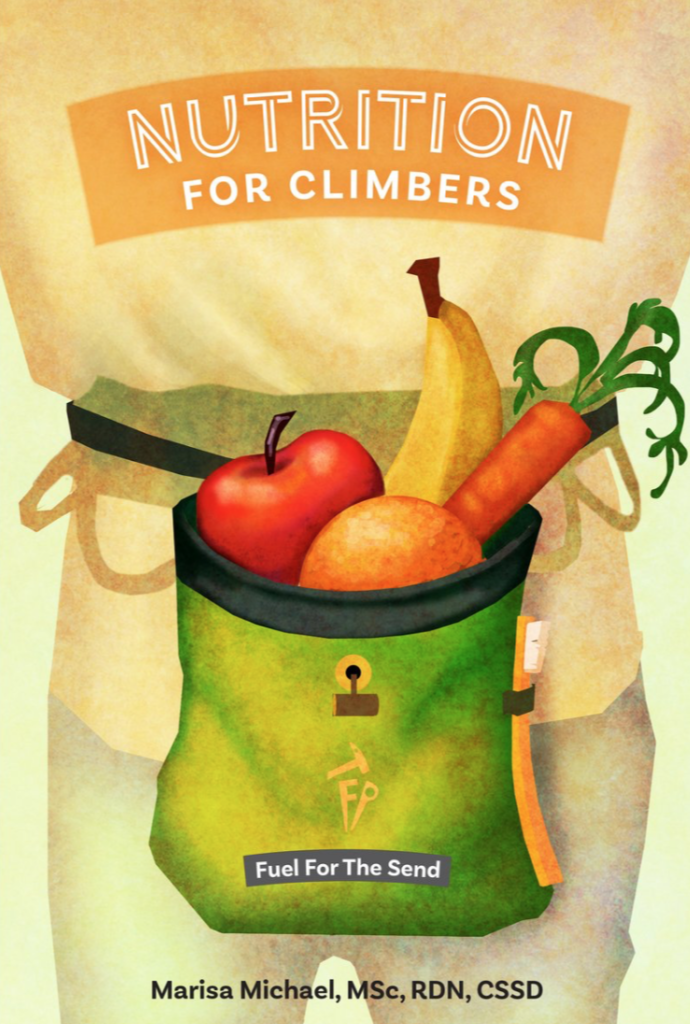
Learn more about how to crush your nutrition in the book Nutrition for Climbers: Fuel for the Send
